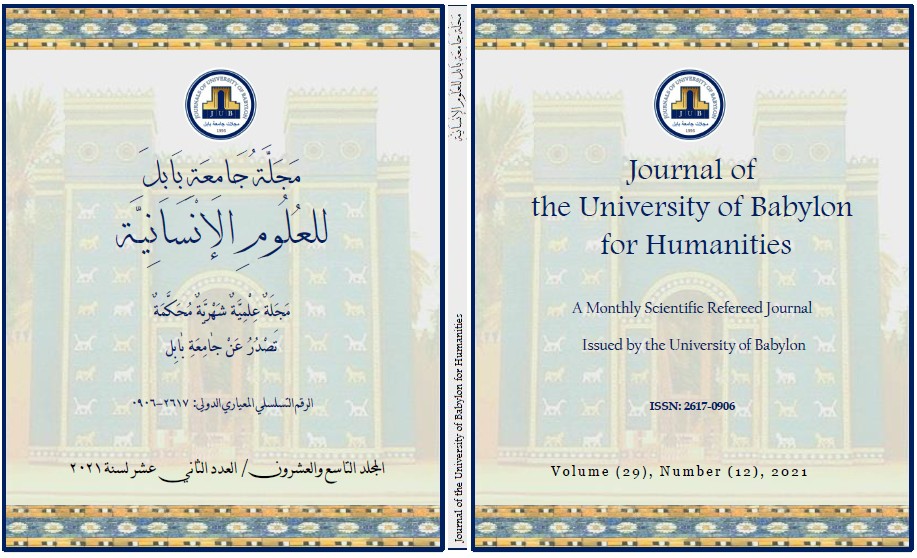Architecture of Prophets' and Saints' Shrines in Hilla City during the 10th C. H/ 16th C. AD in Light of Islamic Drawings: AL-Matraqi Zadeh as a Sample
Main Article Content
Abstract
The city of Hillah is considered one of the ancient Iraqi cities in which a series of successive civilizations, whether those Pre- Islamic or under the successive Islamic civilizations, arose and grew up on its Land. It is a place for prophets, saints, imams and scholars throughout history. The Hillah has embraced many shrines of great personalities who have occupied the pages of history because of their effects and exploits in various aspects of their. The Maqam is of dignities, as wall, so we notice the presence of minarets in most of those shrines that they are realistically, which indicates that they are the call to prayer and the obligatory prayer. The aim of this study is to shed light on those shrines and to show their architectural style during the tenth century AH era, since religious places are usually subjected to continuous change, whether through their destruction as a result of conflicts, wars and sectarian strife, or through maintenance, restoration and expansion works on them as a result of the passage of time and the increase in density. The population and thus the increase in the number of visitors to these shrines in order to suit the expansion to accommodate the increasing numbers throughout history, and the other objective of the study is to see and check the validity of the ratio of this or that shrine, and then to show the accurate scientific opinion that some shrines and shrines are attributed to non-owners, or perhaps they are fake shrines, not mentioned its historically. The research tool was the photographs that the Ottoman painter Al-MatraqiZada photographed for us, which are of great importance in historical documentation, as he is one of the realist painters who belongs to the realist school. Travelers mentioned and visited these shrines, and thus to determine the validity of his lineage among the public or not, and we came out with important scientific conclusions that benefit the archaeological and historical researcher.

